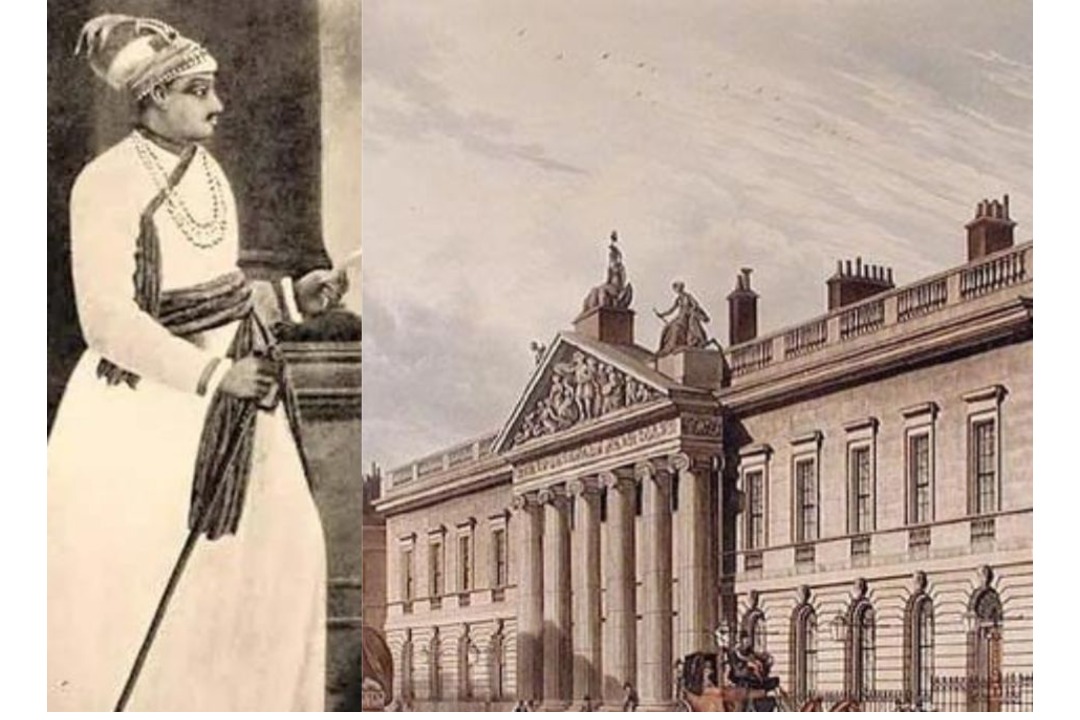
The British East India Company (EIC) was one of the most powerful and influential trading entities in history. Established in 1600, the EIC began as a commercial enterprise focused on trade between England and the East Indies. However, over the centuries, it evolved into a political and military force that played a pivotal role in the colonization of the Indian subcontinent. The Company’s presence in India laid the groundwork for British imperial rule, which lasted until 1947. This report delves into the history of the British East India Company in the Indian subcontinent, exploring its origins, expansion, and eventual transformation into a political power.
The Founding of the East India Company
The East India Company was founded on December 31, 1600, by a royal charter granted by Queen Elizabeth I. The charter granted the Company a monopoly on trade between England and the East Indies, a term that initially referred to Southeast Asia but eventually included India as well. The Company was a joint-stock corporation, meaning that it was owned by shareholders who invested in its ventures. This structure allowed it to raise substantial capital and undertake large-scale trading expeditions.
In its early years, the EIC focused on trading goods such as spices, silk, cotton, and tea. The Company’s first voyage to India occurred in 1608 when Captain William Hawkins arrived at the Mughal court of Emperor Jahangir. Despite initial difficulties, including competition from the Portuguese and the Dutch, the Company managed to establish a foothold in India by securing trading rights and setting up factories (trading posts) along the coast.
Early Expansion and the Establishment of Trading Posts
The EIC’s early expansion in India was marked by the establishment of trading posts in key locations. The Company established its first factory at Surat in 1613, which became its primary trading hub. Over the next few decades, the Company expanded its operations, establishing factories in Masulipatnam (1611), Madras (1639), and Bombay (1668). In 1690, the Company founded Calcutta (modern-day Kolkata), which would later become one of its most important centers of trade and governance.
These trading posts were not merely commercial centers but also fortified settlements that could be defended against rival European powers and local rulers. The Company’s ability to establish and maintain these outposts was facilitated by its use of diplomacy, bribery, and, when necessary, military force.
The Rise of the East India Company as a Political Power
By the mid-18th century, the British East India Company had transformed from a trading entity into a political power. This transformation was largely driven by the decline of the Mughal Empire, which had been the dominant political force in India since the early 16th century. As the Mughal Empire weakened, regional powers such as the Marathas, Nawabs, and various Rajput states began to assert their independence. This fragmentation created a power vacuum that the EIC exploited.
The turning point came with the Battle of Plassey in 1757, where the Company, led by Robert Clive, defeated the forces of Nawab Siraj-ud-Daulah of Bengal. This victory allowed the EIC to install a puppet ruler, Mir Jafar, and gain control over Bengal, one of the wealthiest provinces in India. The Company’s victory at Plassey marked the beginning of British dominance in India and established the EIC as a formidable political power.
Following its success in Bengal, the Company expanded its influence across the Indian subcontinent. The Battle of Buxar in 1764 further consolidated its power, granting it the Diwani rights (the right to collect revenue) over Bengal, Bihar, and Orissa. These victories allowed the EIC to control vast territories and resources, which it used to finance its operations and further expand its influence.
The Governance and Administration of British India
As the East India Company extended its territorial control, it began to take on administrative responsibilities traditionally held by Indian rulers. The Company’s administration was initially focused on revenue collection, but it gradually expanded to include law and order, infrastructure development, and other aspects of governance.
The Company established a dual system of government, where Indian rulers were retained as nominal heads of state, but real power was exercised by British officials. This system, known as the “dual government,” allowed the Company to maintain control while minimizing resistance from the local population. However, it also led to widespread corruption and inefficiency, as Company officials were often more interested in personal gain than in effective governance.
To improve governance, the British government introduced several reforms. The Regulating Act of 1773 was the first step towards tighter control over the Company’s affairs. It established the position of Governor-General of India and created a system of checks and balances within the Company’s administration. Warren Hastings was appointed as the first Governor-General, and his tenure was marked by efforts to reform the administration, legal system, and revenue collection.
Further reforms followed with the India Act of 1784, which established the Board of Control to oversee the Company’s operations and ensure that its actions were aligned with British interests. These reforms marked the beginning of the transition from Company rule to Crown rule, although the EIC remained the dominant power in India for several more decades.
Economic Exploitation and Impact on Indian Society
The East India Company’s rule had a profound impact on the Indian economy and society. The Company’s primary objective was to maximize profits, and it pursued policies that prioritized revenue generation over the welfare of the Indian population. One of the most significant impacts was the commercialization of agriculture. The Company encouraged the cultivation of cash crops such as indigo, cotton, and opium, which were exported to Europe and China. This shift away from subsistence farming led to food shortages and famines, as less land was available for growing food crops.
The Company also imposed heavy taxes on Indian peasants and artisans, which contributed to widespread poverty and economic decline. The traditional Indian industries, particularly the textile industry, suffered greatly under Company rule. Indian weavers and artisans, who had once been renowned for their skills, were forced out of business by the influx of cheap British goods. This deindustrialization had long-lasting effects on the Indian economy and contributed to the decline of traditional crafts and industries.
The Company’s policies also had a significant impact on Indian society. The introduction of English education and legal systems led to the emergence of a new class of Western-educated Indians. While this class played a crucial role in the later nationalist movement, it also contributed to the erosion of traditional Indian culture and values. The Company’s policies of divide and rule, particularly its manipulation of religious and caste divisions, sowed the seeds of communal tensions that continue to affect India today.
The Decline of the East India Company
The East India Company’s decline began in the early 19th century, as its mismanagement and corruption became increasingly apparent. The Company’s policies, particularly its revenue collection methods and interference in Indian politics, led to widespread discontent among the Indian population. This discontent culminated in the Indian Rebellion of 1857, also known as the Sepoy Mutiny, which was a major turning point in Indian history.
The rebellion was a reaction to the Company’s oppressive policies and the growing resentment among Indian soldiers (sepoys) in the Company’s army. The rebellion was brutally suppressed, but it exposed the weaknesses of the Company’s administration and the growing dissatisfaction with British rule.
In the aftermath of the rebellion, the British government decided to take direct control of India. The Government of India Act of 1858 marked the formal end of the East India Company’s rule. The Company was dissolved, and its administrative powers were transferred to the British Crown. India became a British colony, with the Governor-General of India being replaced by a Viceroy, who governed in the name of the British monarch.
Legacy of the East India Company
The legacy of the British East India Company is complex and multifaceted. On one hand, the Company played a crucial role in the expansion of British trade and the establishment of the British Empire. Its activities in India and other parts of Asia had a profound impact on global commerce and geopolitics.
On the other hand, the Company’s rule in India was marked by exploitation, corruption, and oppression. The economic policies pursued by the Company contributed to the impoverishment of large sections of the Indian population and the decline of traditional industries. The Company’s manipulation of Indian politics and society had long-lasting consequences, including the entrenchment of communal divisions and the erosion of Indian sovereignty.
The legacy of the East India Company continues to be a subject of debate and discussion in both India and Britain. While the Company’s role in the colonization of India is often viewed negatively, its impact on global history and the development of modern India cannot be denied.
The British East India Company’s presence in the Indian subcontinent represents one of the most significant chapters in the history of British colonialism. From its beginnings as a trading entity to its transformation into a political and military power, the Company played a central role in shaping the history of India. Its legacy, while controversial, is a testament to the complex and often turbulent relationship between India and Britain during the colonial era. The history of the East India Company serves as a reminder of the enduring impact of colonialism on the Indian subcontinent and the lasting influence of the British Empire on the modern world.

 A.B.M. Abir
A.B.M. Abir 























